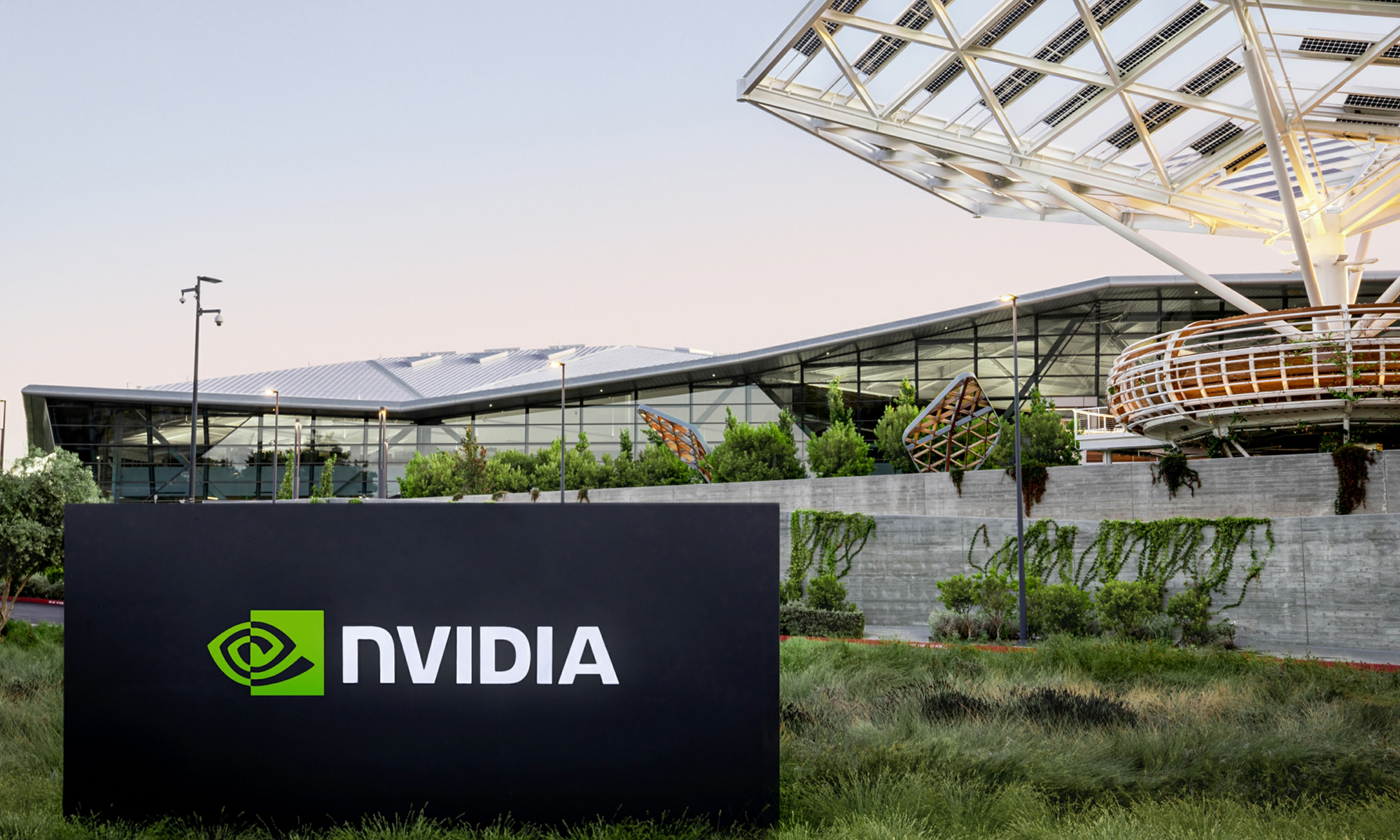NVIDIA (NVDA 3.27%) and Advanced Micro Devices (AMD 4.81%) were engaged in a fierce fight for market share in the discrete graphics cards segment last year, but the former came out on top quite comfortably.
According to Jon Peddie Research's report on the discrete GPU (graphics processing unit) market, NVIDIA controlled 80% of the space at the end of the third quarter, up from 76% a year prior. AMD controlled the rest. The market shares of the two chipmakers remained consistent on a quarter-over-quarter basis as both enjoyed impressive growth thanks to a 13.4% increase in discrete GPU sales over the second quarter.
However, there were signs of AMD stepping on the gas during the quarter. But will this translate into long-term gains for the company?

Image source: Getty Images.
Competition heats up in a growing GPU market
Jon Peddie Research reports that in Q3, AMD's shipments jumped by 18.7% as compared to Q2, while NVIDIA's rose by 10.8%. However, it should be noted that these figures are based on overall GPU shipments -- they include both discrete and embedded cards.
In fact, AMD increased its share of the overall GPU market to 19% during Q3 -- up from 16% in the prior-year period -- equaling NVIDIA. This means that sales of AMD's embedded graphics cards increased during the quarter, driven by the company's growing dominance in the notebook processor market.
However, AMD didn't have an easy time of it in the discrete graphics card space thanks to NVIDIA's release of the RTX 30 series cards based on its Ampere architecture. NVIDIA's new graphics cards reportedly flew off the shelves and were in short supply. This was not surprising given the massive performance gains that they deliver as compared to their predecessors at aggressive prices. As it turns out, NVIDIA's cards are expected to remain in short supply in the near term because of overwhelming demand from both gamers and cryptocurrency miners.
But it would be a bad idea to count AMD out, as it has also leveled up its GPU game with its new RX 6000 cards, which reportedly match NVIDIA's offerings on performance but are priced more aggressively.
A see-saw battle is in the cards
AMD's latest graphics cards also seem to have generated huge interest among potential customers. However, there are reports that AMD was severely underprepared to meet the initial demand for them.
Third-party reports suggest that retailers had fewer of AMD's new cards in stock at launch than they had of NVIDIA's, with some retailers having none to sell at all. So, as was the case with NVIDIA cards, AMD's are also expected to remain in short supply in the near term.
Whichever company can boost production and meet the overwhelming demand first will have a better chance of taking the larger share of the GPU market. Now, NVIDIA has already said that it is looking to increase the supply of the RTX 30 series cards, admitting that it had been unable to meet demand. It has some advantage in that it got its cards to market sooner -- in September, compared to AMD, which didn't have the RX 6000 cards available until November.
So, NVIDIA has had more time to bring its supply chain up to the mark and this could translate into stronger sales. AMD, on the other hand, may have a lot more work to do on that front.
A report from Notebookcheck described one retailer's extremely concerning experience with the new AMD GPUs: Danish e-commerce player Proshop had 4,695 orders for them, and the chipmaker was reportedly able to supply only 22 cards -- meeting just 0.47% of the demand. Even though these numbers are from a single retailer and may not accurately represent the overall supply situation, they do offer an idea of just how far AMD is from being able to meet the demand for its new products.
This implies an opportunity for NVIDIA to further increase its lead in the discrete graphics cards market at AMD's expense. NVIDIA investors should love this possibility as the graphics card specialist got 48% of its total revenue from the video gaming segment last quarter. The segment's revenue was up nearly 37% year over year to $2.27 billion, and NVIDIA could maintain its momentum by boosting the supply of its latest graphics cards and taking more business away from AMD.






